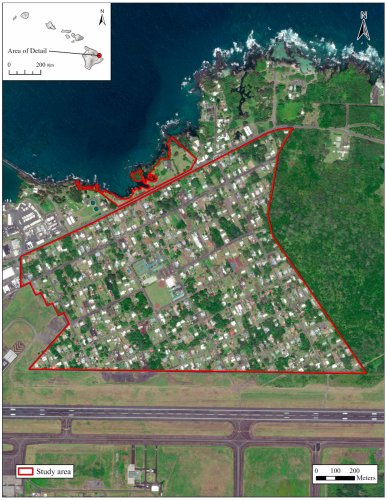Historic Properties Identification and Context Studies Under Historic Properties Identification and Context Studies
Historic Properties Identification and Context Studies
Under Historic Properties Identification and Context Studies

The Department of Hawaiian Home Lands (DHHL) has entered into a Programmatic Agreement (PA) titled: Programmatic Agreement Among the Department of Housing and Urban Development (HUD), and the Hawaiʻi State Historic Preservation Officer (SHPO) for the Expenditure of HUD-Provided Funds Under the Native American Housing Assistance and Self-Determination Act (NAHASDA). Stipulation II of the PA requires the DHHL to prepare a Historic Properties Identification and Context Study (HPI&C Study) for those Entitlement Communities exceeding 50 years old to identify if there are historic properties listed or eligible for listing in the National Register of Historic Places (NRHP). The HPI&C Study provides a professional opinion on the types of HUD-funded activities, projects, or grants that may be carried out under the terms of the PA or if the DHHL must assume its responsibilities pursuant to 36 CFR 800.13(b). Additionally, the HPI&C Study identifies and evaluates the full-rnage of historic properties, as defined in 36 C.F.R. §800.16 (I)(1), that includes any prehistoric or historic district, site, building, structure, or object included in, or eligible for inclusion in, the NRHP.
The Keaukaha Tract 1 Hawaiian Home Lands community is the first Entitlement Community that an HPI&C Study was developed for as part of the PA. The HPI&C Study is divided into five sections: Section 1 defines the purposes and scope of the study and includes a description of the study area. Section 2 provides a summary of relevant culture-historical information from the Precontact Period to the present-day, the identification of noted historical sites and buildings, previously recorded potential historic properties within the study area, and a summary of prior archaeological studies conducted within and in the vicinity of the study area. Section 3 presents the results of a newly conducted Architectural Reconnaissance-Level Survey of the study area. Section 4 presents a summary of the consultation process with DHHL beneficiaries and Native Hawaiian organizations that attach traditional religious and cultural importance to the study area. Section 5 identifies and evaluates resources in the study area that are included in, or eligible for inclusion in, the NRHP. Lastly, Section 6 provides the DHHL with a professional opinion on types of HUD-funded activities, projects, or grants that may be carried out within the study area under the terms of the PA and includes recommendations that may be implemented by the DHHL to prevent or mitigate impacts to any identified and inadvertently discovered potential historic properties.
For more information, please contact Ku‘upua Kiyuna at [email protected] or via phone at (808) 730-018.